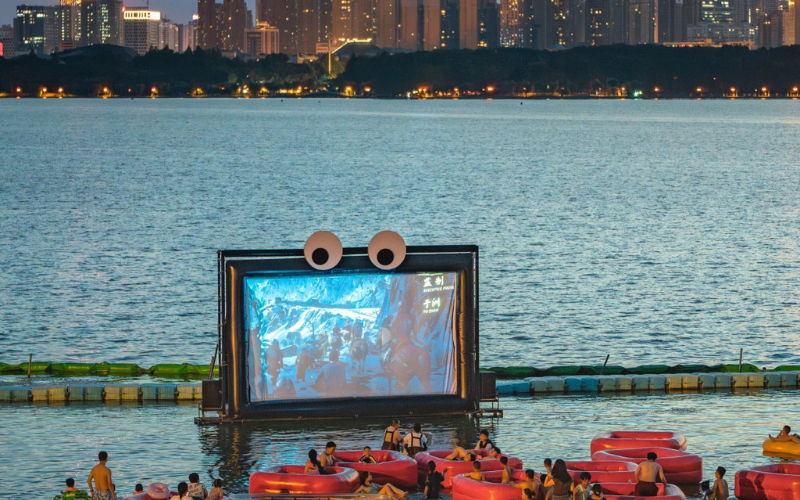Wuhan: Green Foundations for a Hub City

On August 6, 2025, Wuhan hosted the symposium “Green Foundations for a Hub City” focusing on the city’s environmental efforts, particularly its integration and conservation of abundant rivers and lakes.
Ramsar Convention Deputy Secretary-General Jay Alders praised Wuhan’s wetland conservation, calling its integration of 165 rivers and 166 lakes a global benchmark. The event showcased both expert discussions inside the conference hall and vivid scenes outside, such as summer floods turning East Lake’s beaches silver and volleyball tournaments by the water, alongside submerged forests at Zhangdu Lake, reflecting the city’s deep connection to its watery environment. This setting emphasizes that in Wuhan, preserving wetlands is more than policy, it is part of embracing an oceanic spirit.
Known as a city of rivers and lakes, Wuhan offers a unique inland experience that evokes the feeling of being by the sea. With water covering a quarter of its land area, the city’s aquatic network creates a sense of openness rare in central China. In summer, rising water levels transform rivers and lakes into shimmering expanses reminiscent of Mediterranean views, especially at East Lake Beach with its imported sands, coconut palms, and beach volleyball tournaments, or at Moonlight Bay, where floating tiki bars serve lychee-coconut cocktails at sunset.

For locals, “river-lake-sea” is part of daily life, with sandy beaches, open-air bathing areas, and sailing boats providing coastal experiences, without a coastline. French traveler Élise Dubois described kayaking through Zhangdu Lake’s flooded forests, with fireflies dancing in jade-green canals, as “like discovering Atlantis in China’s heartland.” Wuhan remains a paradox, an inland metropolis shaped by water, where wetland sunsets frame crane silhouettes and ferry horns echo like sailors’ lullabies.
In Wuhan, you don’t just visit the water, you feel the sea, right in the heart of China.
Also Read
Taste the Heritage: Hotel Yak & Yeti Celebrates India’s Culinary Icons
Hainan’s “Cool Hainan” Campaign Draws 35 Million Viewers Worldwide
En Vogue XI Finalists: Nepal’s Next SuperModel




























